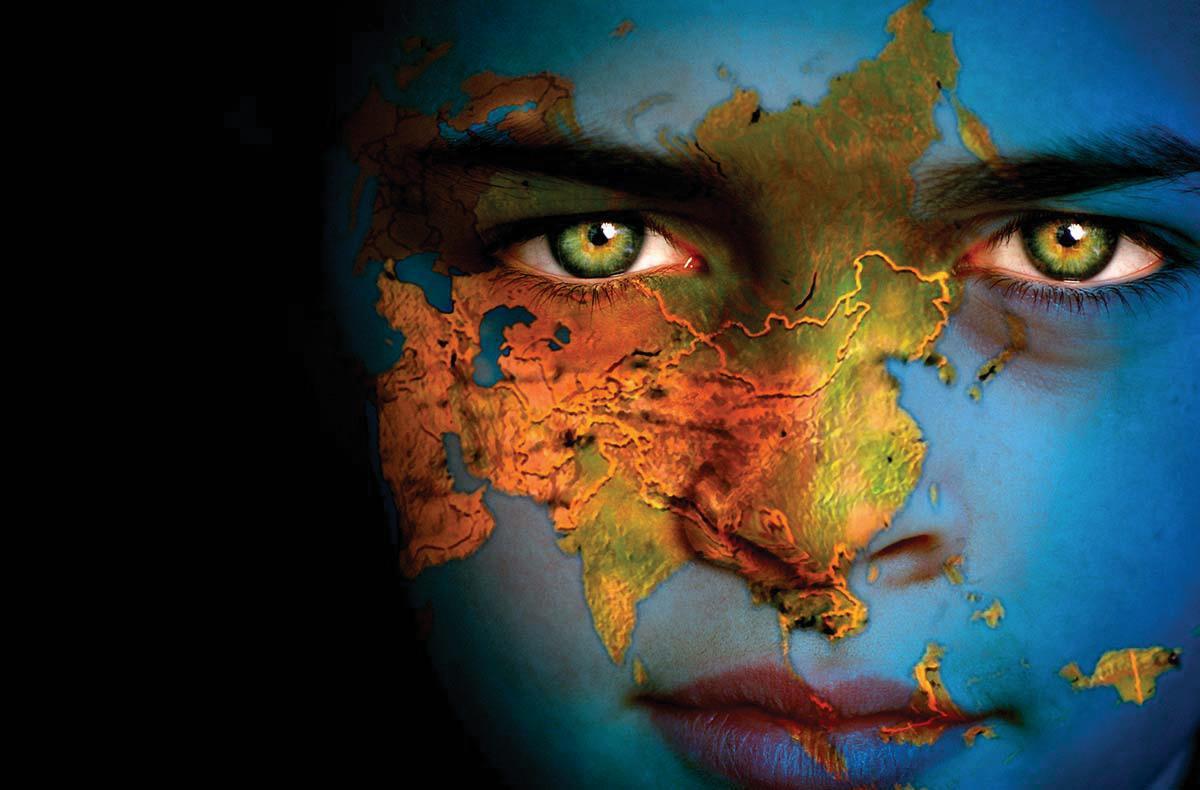Dr Shubhankar Mishra
Africa-Press – Mauritius. The Indian Diaspora, one of the largest in the world, with an estimated 30 million people of Indian origin living outside of India, has a rich and complex history deeply rooted in Indian traditions.
The transport of Indian traditions, including language, religion, food, music, and dance, across the globe through the movement of people has created a vibrant and diverse global community with strong ties to India.
The Indian diaspora transcends geographic boundaries, leaving an indelible mark across continents.
Its impact reverberates throughout countries as diverse as the United States, Britain, Canada, Mauritius and other African countries, Australia. . . Pic – New Thinking
The Indian labour diaspora, known as Kalapani, transformed Indo-Caribbean communities’ culture and defied traditional beliefs. It created space for diverse alignment and resistance, particularly for women seeking autonomy.
Diaspora describes dispersed people retaining shared identity and heritage. Historical, social, political, and economic factors contribute to its emergence.
Understanding diaspora’s root causes and characteristics is crucial to appreciate its power in shaping the world. Forced displacements, such as slavery, wars, and persecution, have created diasporas throughout history.
The Jewish and African Diasporas are significant examples. Economic opportunities and political instability also drive voluntary migration and diaspora formation.
Cultural and religious factors have played a role in diaspora emergence. Diasporas are a sign of human resilience. Our goal should be to create a world where people can thrive without leaving their homes, regardless of their race, religion, or nationality.
The diasporic imagination is a multifaceted concept that interweaves themes of mourning, travel, and trauma. It is characterized by a perpetual state of mourning rooted in absence and never genuinely arriving.
Traumatic experiences are viewed as crystallized losses that memory uses to bring the past into the present, making it a “temporality of memory. ” The loss persists because there is no substitute for it in the new object of love, which produces a sad feeling.
Travel and translation are intrinsic to the diasporic experience, involving a journey across the seas and the need to navigate between diverse cultures and languages.
Trauma creates a breach that cannot be dealt with by the usual coping mechanisms for pain and loss. The trauma of losing a homeland or the grief of plantation life always arrives late, occurring after the event as a deferred experience.
The trauma is a repetition of the event, disrupting the temporal flow. These interconnected themes emphasize the importance of understanding the diasporic imagination and the experiences of those who live it.
By recognizing the unique challenges faced by those living in the Diaspora, we can better comprehend their perspectives and support them in their journeys.
Cultural heritage
Understanding the cultural heritage of the Indian Diaspora is crucial to recognizing this community’s immense contributions and impact on a worldwide scale.
By tracing its roots, we can appreciate the rich legacy created by this community and its important role in shaping the world we live in today. In Indian folklore and mythology, stories of characters in exile have captivated readers for generations.
These tales highlight the resilience and perseverance of individuals and communities who are forced to leave their homes and endure hardship and displacement.
The Ramayana and Mahabharata, two ancient epics, tell powerful stories of characters like Lord Rama, Sita, Lakshmana, and the Pandava brothers, who are faced with political conflicts and personal betrayals that force them to live in the wilderness.
These tales are timeless, and they explore themes of resilience, and the human will to survive adversity. Draupadi’s character, in particular, is a testament to the strength of women in exile, as she navigates the challenges of displacement and humiliation.
Similarly, the story of Rukmini and the tradition of Pandavani storytelling in tribal regions of Chhattisgarh reinforce the importance of cultural heritage and faith. Prahlada’s story, which emphasizes the importance of faith and devotion, is another example of the power of these stories to inspire.
While the Aryan invasion theory has been a matter of debate among scholars, the stories of resilience and perseverance in Indian folklore and mythology continue to resonate with readers and inspire us to face our challenges with determination and strength.
Read More. . . Become a Subscriber Dr Shubhankar Mishra is the Deputy Secretary General at the World Hindi Secretariat in Mauritius, having previously served as a Joint Director in the Ministry of Education for the Government of India. Views expressed in the article are personal.
For More News And Analysis About Mauritius Follow Africa-Press







